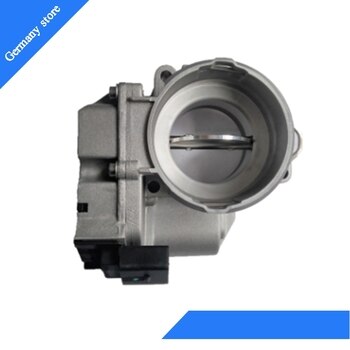
Symptoms of a Faulty or Faulty Air Fuel Ratio Sensor
If you notice a decrease in fuel efficiency or engine power output, as well as rough idle, you may need to replace any air-fuel ratio sensors.
The air fuel ratio sensor is one of the key components of many modern engine management systems. Most vehicles will have more than one air-fuel ratio sensor. They are installed in the exhaust system before and after the catalytic converter. The air-fuel ratio sensors continuously monitor the air-fuel ratio of the vehicle's exhaust gases and send an accurate signal to the engine computer so it can adjust fuel and timing in real time for maximum efficiency and power.
Because air fuel ratio sensors play a direct role in engine adjustment and tuning, they are very important to the overall operation and efficiency of the engine and should be checked if problems occur. Usually when they start having problems, the car shows several symptoms that can alert the driver that the air-fuel ratio sensor may need attention.
1. Reduced fuel efficiency
One of the first symptoms of an air-fuel ratio sensor problem is reduced fuel efficiency. The air-fuel ratio sensor monitors the oxygen content of the exhaust stream and sends the data to the computer so it can add or subtract fuel. If there is any problem with the sensor, it can send a bad or false signal to the computer, which can mess up its calculations and result in excessive fuel consumption. Miles per gallon (MPG) typically drop over time until they are consistently lower than they used to be.
2. Drop in engine power.
Another sign of a possible problem with the air fuel ratio sensor is a decrease in engine performance and power output. If the air-fuel ratio sensor becomes "lazy", over time it will send a delayed signal to the computer, resulting in an overall delay in the response of the entire engine. The vehicle may experience sluggish or lag response when accelerating, as well as a noticeable loss of power and acceleration rate.
3. Rough idle
Another symptom of a bad air-fuel ratio sensor is rough idle. Since the air-fuel mixtures at low engine speeds must be very finely tuned, the signal from the air-fuel ratio sensor is very important for the quality of the engine at idle. A bad or defective oxygen sensor can send an incorrect signal to the computer, which can knock the idle down, causing it to drop below the correct level or fluctuate. In severe cases, idling quality may deteriorate to the point where the vehicle may even stall.
Because the air-fuel ratio plays a vital role in the engine computer's calculations, it is very important to the overall performance of the vehicle. If you suspect that you may have a problem with one or more air fuel ratio sensors, have a professional technician, such as AvtoTachki, diagnose the vehicle and replace all air fuel ratio sensors if necessary.

